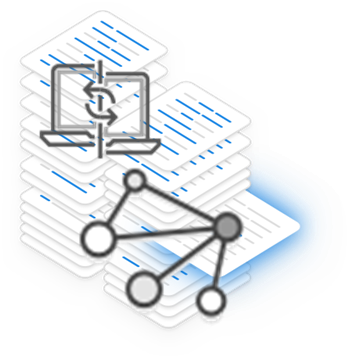Expert Talk | Cybersecurity requires new thinking
Dr. Evangelo Damigos; PhD | Head of Digital Futures Research Desk
- Connected Intelligence
Publication | Update: Jan 2020

The existing 30-year-old model for IT security doesn't work in today's businesses.
-
- Advances in artificial intelligence, computing, and wireless networks have made technology faster and more reliable, but they come with new cybersecurity threats.
- Hackers capitalize on people's lack of understanding of how new technologies work, as well as undiscovered holes in the security of newer systems. For a long time, attackers have used evasive techniques to bypass security measures and avoid detection. And considering the ease with which attackers can outsource key components of the attacks, it is predicted that evasion techniques will become more agile due to Artificial Intelligence.
- Experts warn that companies and governments must anticipate new methods of hacking to fend off the next generation of attacks.
With the adoption of voice-controlled devices increasing rapidly, cybercriminals' interest in attacking voice assistant devices and IoT devices connected to them will inevitably continue to grow.
While this transformation promises to deliver new experiences for customers, employees and partners, it also gives rise to major headaches for IT and security teams because existing security paradigms are not designed to cope with such a diverse and complex environment.
If attackers gain control of IoT devices, they can create havoc on individuals and organisations.
As the need to transform both security and the network as part of Digital Transformation becomes an imperative, networking and security are rapidly converging together.
With infrastructure abstracted as software, you can build in security across the entire software stack using these principles - so when customers are deploying their applications across any cloud, any device - there is a common element that delivers these capabilities - the network.
Cybersecurity requires new thinking, says Trend Micro expert
According to Indi Siriniwasa, VP at Trend Micro Sub Saharan Africa, the recent state of Distributed Denial of Service attacks on several South African financial institutions has once again highlighted the importance of having an integrated cybersecurity approach reflective of the requirements of the always-on world.
The reality is that decision-makers must reassess how they protect themselves at a time where data forms the lifeblood of any business.
Compromised data is akin to giving away the keys to the safe.
Even though the banking, financial services and insurance segment is still the hardest hit, attacks are increasing against public entities as is evident by the ongoing ransomware attacks targeting the City of Johannesburg.
Most of these attacks have a monetary motivation to getting data.
For companies to more effectively safeguard this data, they must understand that even if they have all the security tools available, a breach can still occur.
Using solutions capable of correlating data across network, cloud, email, and endpoints for a more pro-active cybersecurity environment is therefore essential.
How CISOs can ensure security in cloud initiatives
Gidi Cohen, CEO and Founder, Skybox Security, tells us how CISOs can be part of the conversation on securely adopting cloud services - without being a barrier to innovation.
For CISOs looking to ensure security plays a central role in new cloud initiatives or those already underway, they need to know how and where security should underpin these projects without slowing down innovation.
Security teams must be involved in the practices and processes that will test the security of cloud development and have proper oversight of their organisation's cloud services.
How to improve cloud security and ensure that the CISO has a voice.
The most important thing that the CISO can do to improve cloud security is to make sure that they have a voice in these initiatives and that it's heard - which is easier said than done.
Second, partner with the cloud operations teams to extend and adapt the traditional security management processes around risk reduction and compliance to the cloud.
https://www.businessinsider.com/7-emerging-technologies-that-cybersecurity-experts-are-worried-about-2019-10
https://www.intelligentcio.com/africa/2019/10/30/cybersecurity-requires-new-thinking-says-trend-micro-expert/
https://www.intelligentcio.com/eu/2019/10/18/reclaiming-the-cloud-how-cisos-can-ensure-security-in-cloud-initiatives/
/reports/marketplace?Industries=8626EF1A-9F4D-6677-9B19-97756F8938F0
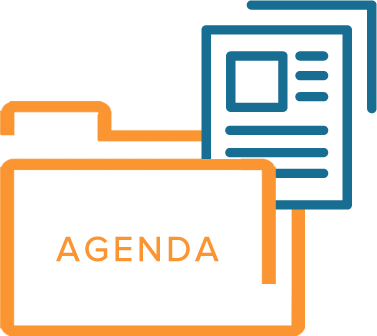 Digital Themes: Connected Intelligence
Digital Themes: Connected Intelligence

HTML
 Access Rights | Content Availability:
Access Rights | Content Availability: 
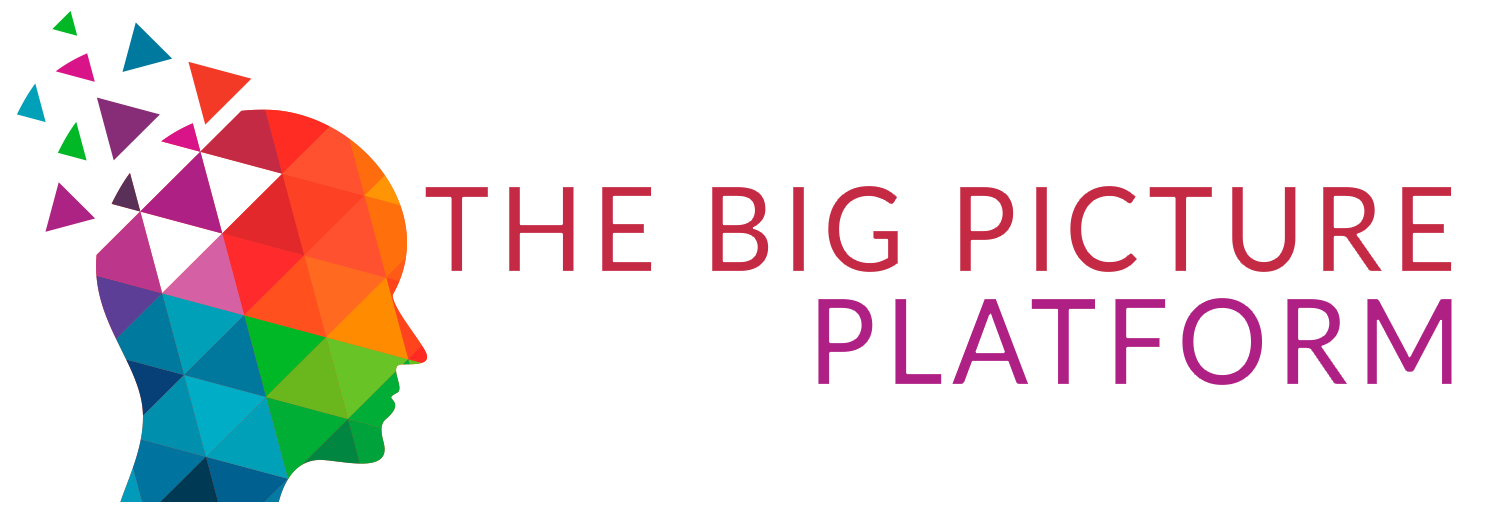

Objectives and Study Scope
This study has assimilated knowledge and insight from business and subject-matter experts, and from a broad spectrum of market initiatives. Building on this research, the objectives of this market research report is to provide actionable intelligence on opportunities alongside the market size of various segments, as well as fact-based information on key factors influencing the market- growth drivers, industry-specific challenges and other critical issues in terms of detailed analysis and impact.
The report in its entirety provides a comprehensive overview of the current global condition, as well as notable opportunities and challenges.
The analysis reflects market size, latest trends, growth drivers, threats, opportunities, as well as key market segments. The study addresses market dynamics in several geographic segments along with market analysis for the current market environment and future scenario over the forecast period.
The report also segments the market into various categories based on the product, end user, application, type, and region.
The report also studies various growth drivers and restraints impacting the market, plus a comprehensive market and vendor landscape in addition to a SWOT analysis of the key players.
This analysis also examines the competitive landscape within each market. Market factors are assessed by examining barriers to entry and market opportunities. Strategies adopted by key players including recent developments, new product launches, merger and acquisitions, and other insightful updates are provided.
Research Process & Methodology

We leverage extensive primary research, our contact database, knowledge of companies and industry relationships, patent and academic journal searches, and Institutes and University associate links to frame a strong visibility in the markets and technologies we cover.
We draw on available data sources and methods to profile developments. We use computerised data mining methods and analytical techniques, including cluster and regression modelling, to identify patterns from publicly available online information on enterprise web sites.
Historical, qualitative and quantitative information is obtained principally from confidential and proprietary sources, professional network, annual reports, investor relationship presentations, and expert interviews, about key factors, such as recent trends in industry performance and identify factors underlying those trends - drivers, restraints, opportunities, and challenges influencing the growth of the market, for both, the supply and demand sides.
In addition to our own desk research, various secondary sources, such as Hoovers, Dun & Bradstreet, Bloomberg BusinessWeek, Statista, are referred to identify key players in the industry, supply chain and market size, percentage shares, splits, and breakdowns into segments and subsegments with respect to individual growth trends, prospects, and contribution to the total market.
Research Portfolio Sources:
Global Business Reviews, Research Papers, Commentary & Strategy Reports
M&A and Risk Management | Regulation
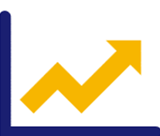
The future outlook “forecast” is based on a set of statistical methods such as regression analysis, industry specific drivers as well as analyst evaluations, as well as analysis of the trends that influence economic outcomes and business decision making.
The Global Economic Model is covering the political environment, the macroeconomic environment, market opportunities, policy towards free enterprise and competition, policy towards foreign investment, foreign trade and exchange controls, taxes,
financing, the labour market and infrastructure.
We aim update our market forecast to include the latest market developments and trends.
Review of independent forecasts for the main macroeconomic variables by the following organizations provide a holistic overview of the range of alternative opinions:
As a result, the reported forecasts derive from different forecasters and may not represent the view of any one forecaster over the whole of the forecast period. These projections provide an indication of what is, in our view most likely to happen, not what it will definitely happen.
Short- and medium-term forecasts are based on a “demand-side” forecasting framework, under the assumption that supply adjusts to meet demand either directly through changes in output or through the depletion of inventories.
Long-term projections rely on a supply-side framework, in which output is determined by the availability of labour and capital equipment and the growth in productivity.
Long-term growth prospects, are impacted by factors including the workforce capabilities, the openness of the economy to trade, the legal framework, fiscal policy, the degree of government regulation.
Direct contribution to GDP
The method for calculating the direct contribution of an industry to GDP, is to measure its ‘gross value added’ (GVA); that is, to calculate the difference between the industry’s total pretax revenue and its total boughtin costs (costs excluding wages and salaries).
Forecasts of GDP growth: GDP = CN+IN+GS+NEX
GDP growth estimates take into account:

Market Quantification
All relevant markets are quantified utilizing revenue figures for the forecast period. The Compound Annual Growth Rate (CAGR) within each segment is used to measure growth and to extrapolate data when figures are not publicly available.
Revenues
Our market segments reflect major categories and subcategories of the global market, followed by an analysis of statistical data covering national spending and international trade relations and patterns. Market values reflect revenues paid by the final customer / end user to vendors and service providers either directly or through distribution channels, excluding VAT. Local currencies are converted to USD using the yearly average exchange rates of local currencies to the USD for the respective year as provided by the IMF World Economic Outlook Database.
Industry Life Cycle Market Phase
Market phase is determined using factors in the Industry Life Cycle model. The adapted market phase definitions are as follows:

The Global Economic Model
The Global Economic Model brings together macroeconomic and sectoral forecasts for quantifying the key relationships.
The model is a hybrid statistical model that uses macroeconomic variables and inter-industry linkages to forecast sectoral output. The model is used to forecast not just output, but prices, wages, employment and investment. The principal variables driving the industry model are the components of final demand, which directly or indirectly determine the demand facing each industry. However, other macroeconomic assumptions — in particular exchange rates, as well as world commodity prices — also enter into the equation, as well as other industry specific factors that have been or are expected to impact.
Forecasts of GDP growth per capita based on these factors can then be combined with demographic projections to give forecasts for overall GDP growth.
Wherever possible, publicly available data from official sources are used for the latest available year. Qualitative indicators are normalised (on the basis of: Normalised x = (x - Min(x)) / (Max(x) - Min(x)) where Min(x) and Max(x) are, the lowest and highest values for any given indicator respectively) and then aggregated across categories to enable an overall comparison. The normalised value is then transformed into a positive number on a scale of 0 to 100. The weighting assigned to each indicator can be changed to reflect different assumptions about their relative importance.

The principal explanatory variable in each industry’s output equation is the Total Demand variable, encompassing exogenous macroeconomic assumptions, consumer spending and investment, and intermediate demand for goods and services by sectors of the economy for use as inputs in the production of their own goods and services.
Elasticities
Elasticity measures the response of one economic variable to a change in another economic variable, whether the good or service is demanded as an input into a final product or whether it is the final product, and provides insight into the proportional impact of different economic actions and policy decisions.
Demand elasticities measure the change in the quantity demanded of a particular good or service as a result of changes to other economic variables, such as its own price, the price of competing or complementary goods and services, income levels, taxes.
Demand elasticities can be influenced by several factors. Each of these factors, along with the specific characteristics of the product, will interact to determine its overall responsiveness of demand to changes in prices and incomes.
The individual characteristics of a good or service will have an impact, but there are also a number of general factors that will typically affect the sensitivity of demand, such as the availability of substitutes, whereby the elasticity is typically higher the greater the number of available substitutes, as consumers can easily switch between different products.
The degree of necessity. Luxury products and habit forming ones, typically have a higher elasticity.
Proportion of the budget consumed by the item. Products that consume a large portion of the
consumer’s budget tend to have greater elasticity.
Elasticities tend to be greater over the long run because consumers have more time to adjust their behaviour.
Finally, if the product or service is an input into a final product then the price elasticity will depend on the price elasticity of the final product, its cost share in the production costs, and the availability of substitutes for that good or service.
Prices
Prices are also forecast using an input-output framework. Input costs have two components; labour costs are driven by wages, while intermediate costs are computed as an input-output weighted aggregate of input sectors’ prices. Employment is a function of output and real sectoral wages, that are forecast as a function of whole economy growth in wages. Investment is forecast as a function of output and aggregate level business investment.

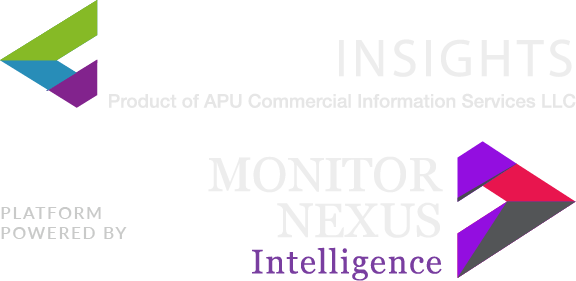


 Industry: Information, Communication, Technology ICT
Industry: Information, Communication, Technology ICT 